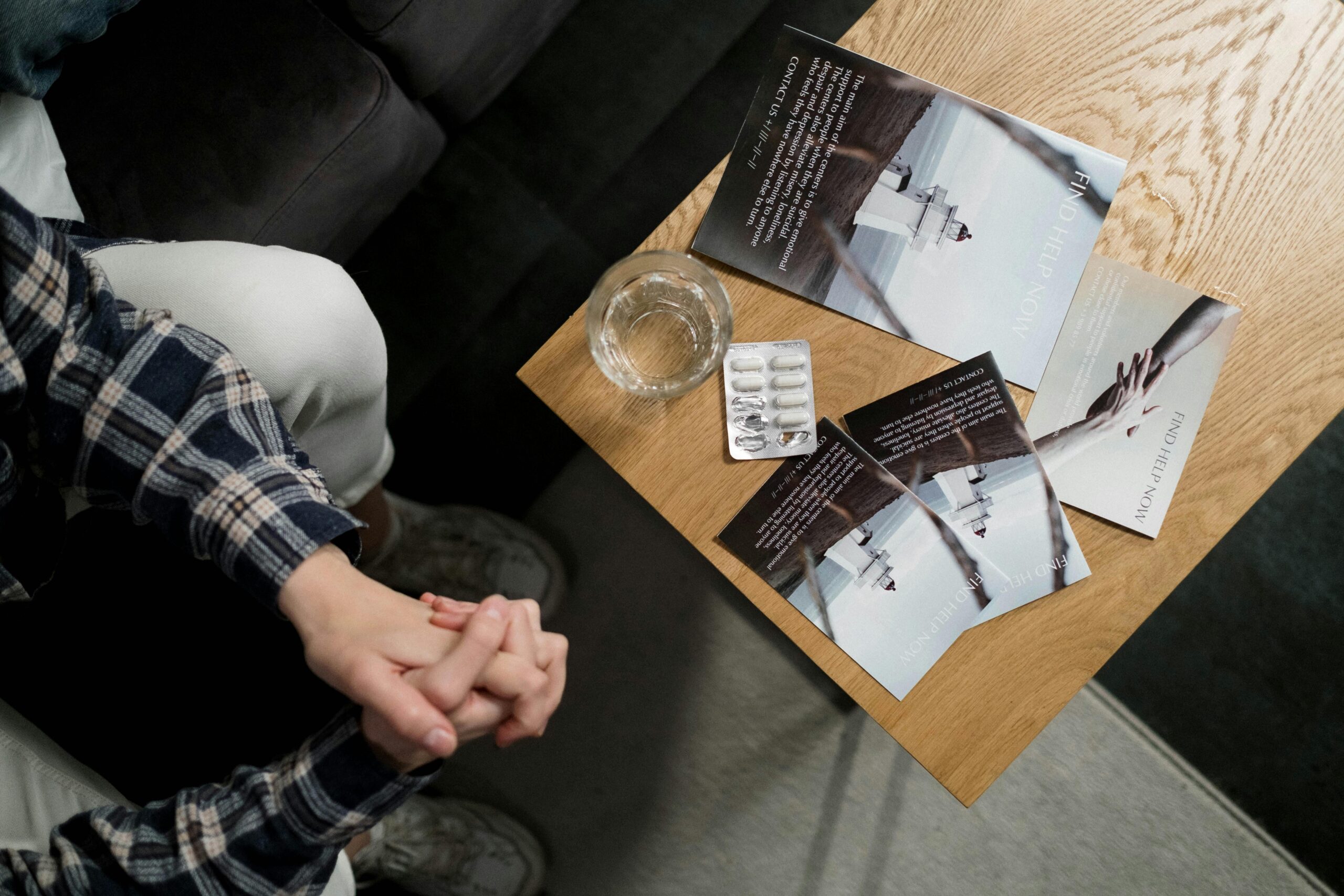Brochures remain a crucial marketing tool for businesses, providing a tangible and visually appealing way to showcase products, services, and brand values. But like all marketing materials, brochures evolve with consumer expectations and design trends. To stay relevant and impactful, businesses must align their brochures with the latest design trends. Here’s a look at some of the most important brochure design trends every business should know.
1. Minimalism and Simplicity
The minimalist design philosophy continues to dominate the world of graphic design, and brochures are no exception. Less truly is more, as clean layouts, ample white space, and concise messaging make for a more digestible and visually appealing experience.
- Clear Layouts – Use clear, distinct sections to break down content, helping readers navigate the information easily. Bold headings and well-defined blocks simplify the reading process.
- Subtle Color Palettes – Neutral backgrounds with one or two accent colors create a sophisticated and focused look, allowing the imagery and content to stand out.
2. Bold Typography and Font Pairings
Typography plays a significant role in guiding the reader’s attention and setting the overall tone of the brochure. Businesses are increasingly experimenting with bold, impactful fonts and unique pairings to create distinctive, memorable designs.
- Large Headlines – Oversized headings immediately draw attention and convey the main message without overwhelming the audience with text.
- Complementary Fonts – Mixing serif and sans-serif fonts, or incorporating handwritten styles, can add character and creativity to the brochure.
3. Sustainable Materials and Eco-Friendly Printing
As environmental awareness continues to grow, consumers are becoming increasingly conscious of sustainability. Using recycled paper or eco-friendly printing practices can align your brochure with green values, making it appealing to eco-conscious customers.
- Recycled Paper – Opt for high-quality recycled or FSC-certified paper for an eco-friendly approach without compromising on aesthetics.
- Vegetable-Based Inks – Environmentally friendly inks, such as those derived from soy or other plants, reduce the environmental footprint of printing while providing vibrant colors.
4. Interactive Elements
Incorporating interactive elements can enhance the brochure’s engagement and provide a memorable experience for the reader.
- Fold-Outs and Pop-Ups – These physical interactive elements encourage exploration, surprising the reader with additional information or eye-catching visuals.
- Augmented Reality (AR) – By integrating AR, businesses can add a digital layer to the brochure, allowing customers to access videos, product demos, or interactive guides through their smartphones.
5. Illustrations and Custom Graphics
Custom illustrations and unique graphics offer a creative way to communicate your brand’s story. They provide a personal touch and differentiate your brochure from competitors relying solely on stock photography.
- Hand-Drawn Elements – Hand-drawn illustrations convey authenticity and warmth, especially when aligned with the brand’s overall aesthetic.
- Infographics – Infographics effectively present complex data or processes in an easily digestible format, making them ideal for showcasing statistics or step-by-step guides.
6. Storytelling with Visuals
Every business has a story, and a well-designed brochure can visually narrate that story to engage readers on a deeper level.
- Chronological Narratives – Create a journey through the brochure, from the problem your business solves to the value proposition and ultimately to the call to action.
- Visual Hierarchy – Establish a visual hierarchy through size, color, and placement to guide readers through the story in the intended order.
7. Unconventional Shapes and Sizes
While traditional tri-fold brochures remain popular, unconventional shapes and sizes can help a brochure stand out. Die-cut designs or brochures folded into unique shapes add a tactile element that piques curiosity.
- Die-Cut Brochures – Uniquely cut edges or cut-out windows reveal glimpses of the content inside, creating intrigue.
- Compact Sizes – Smaller brochures offer a more portable alternative while still providing room for creativity and impactful content.
Brochure design trends reflect an exciting mix of creativity, sustainability, and technology. Whether it’s through minimalist layouts, bold typography, or interactive elements, businesses should adapt these trends to create brochures that captivate, inform, and inspire their audience. Staying up-to-date with these trends ensures your brochure remains an effective tool in today’s fast-paced marketing landscape.
Contact Us Now for More Information
Phone: (816) 459-8404

